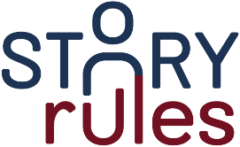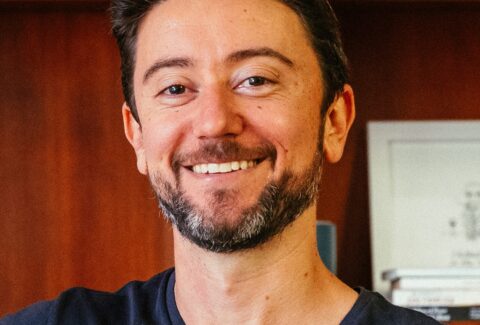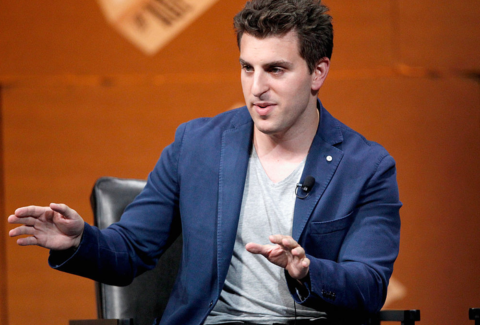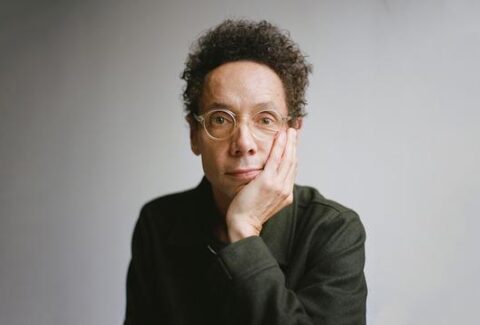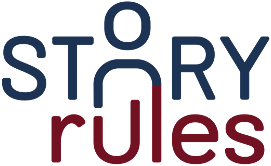The best book on crafting personal stories
I thought I had read all the key books on the topic of storytelling. Then I came across ‘Storyworthy’ by Matthew Dicks. Blew my mind.
But first up, the #SOTD Digest.
The #SOTD Digest
Here’s a quick summary of the five #SOTD emails from the past week:
– #SOTD 86: Finding historical parallels (Marc Andreesen interview): Leaders should have a sense of the history of their industry/space. In this interview, Marc Andreesen of ‘Andreesen Horowitz’ provides historical perspective about the venture industry.
– #SOTD 87: Hill climbing as an analogy (Marc Andreesen interview): Trying to explain complex concepts? Try using simple, relatable analogies like the hill-climbing one used by Marc here.
– #SOTD 88: Smart acronyms to label patterns (Marc Andreesen interview): Finding patterns and labelling them is a key storytelling skill. In this one, Marc also ensures that the label is a smart acromym, which makes it easy to remember.
– #SOTD 89: Matt Levine’s three-step process: Matt Levine reveals the three-step process that helps him weave the magic in his newsletter.
– #SOTD 90: A job opening that reads like a story (Ali Abdaal): YouTube sensation Ali Abdaal wows us in how he uses storytelling techniques in writing a… job application.
Book of the week
a. Storyworthy by Matthew Dicks
I’ve been reading books on the topic of storytelling for more than a decade now.
I wrote an #SOTD with my top 13 books to learn the various fascinating elements of the storytelling toolkit.

And over the years, my general impression was that I’ve essentially read most of the good stuff… (in fact I also wrote a Saturday email listing the books that you should not bother reading). I basically thought – that’s it – there’s no seminal book that I haven’t yet read.
Boy was I wrong.
I was recommended ‘Storyworthy’ several months back by Hrushit Shah, a participant in one of my workshops.

I didn’t pick it up then – I thought it might either be dealing with fiction stories (not my cup of tea) or be similar to two other books I’ve read on the art of telling anecdotes (Sell with a Story by Paul Smith and Putting Stories to Work by Shawn Callahan).
But recently I came across a glowing review for Storyworthy in YouTube Creator Ali Abdaal’s newsletter. And I decided to give it a try. I’m so glad I did.
Storyworthy turned out to be the best book I’ve read about finding, crafting and delivering personal stories… true stories from your own life. Stories about transformational moments. Stories that can help you grow. Stories that can help others connect with you.
The author: Matthew Dicks became popular because of a storytelling event called The Moth. The Moth is a NY based organisation dedicated to the art and craft of telling true personal stories. A flagship event of theirs is the Moth StorySLAM, which is an open-mic storytelling competition. Matthew Dicks is a 36-time Moth StorySLAM winner and 5-time GrandSLAM winner.
Matthew is the real deal. He just gets storytelling – as I had profiled with an example on a previous #SOTD, he can make you laugh and cry in the same story.
He also thinks deeply about the subject – and is able to share several higher-order insights (all extracts from the book):
1. A personal story must reflect change
Your story must reflect change over time. A story cannot simply be a series of remarkable events. You must start out as one version of yourself and end as something new.
2. Every great story is about a five-second moment of transformation
Every great story ever told is essentially about a five-second moment in the life of a human being, and the purpose of the story is to bring that moment to the greatest clarity possible.
What are five-second moments
…five-second moments are the moments in your life when something fundamentally changes forever. You fall in love. You fall out of love. You discover something new about yourself or another person. Your opinion on a subject dramatically changes. You find forgiveness. You reach acceptance. You sink into despair. You grudgingly resign. You’re drowned in regret. You make a life-altering decision. Choose a new path. Accomplish something great. Fail spectacularly.
These five-second moments are what your story is moving towards. Which brings me to idea #3
3. Put in place a system to capture ‘storyworthy’ moments
The first section of the book offers simple, practical tools to trigger story memories. for example an activity called ‘Homework for Life’:
I assigned myself Homework for Life. This is what I did: I decided that at the end of every day, I’d reflect upon my day and ask myself one simple question: If I had to tell a story from today — a five-minute story onstage about something that took place over the course of this day — what would it be? As benign and boring and inconsequential as it might seem, what was the most storyworthy moment from my day?
4. Your beginning should be the opposite of your ending (but also be really close to it)
A good story should begin well – and Matthew has several insights on how you can do that.
Once you’ve distilled your five-second moment down to its essence, ask yourself: What is the opposite of your five-second moment? Simply put, the beginning of the story should be the opposite of the end.
Find the opposite of your transformation, revelation, or realization, and this is where your story should start. This is what creates an arc in your story. This is how a story shows change over time. I was once this, but now I am this. I once thought this, but now I think this. I once felt this, but now I feel this.
But hang on – there is another element which should start as close to the end as possible:
I also try to start my story as close to the end as possible (a rule Kurt Vonnegut followed when writing short stories). I want my stories to be as temporally limited as possible. I strive for simplicity at all times. By starting as close to the end as possible, we shorten our stories.
My interpretation: In terms of time and place start as close to the end as possible. In terms of your own transformation/change start as far from the end as possible.
In addition, Matthew shares several other practical tips to make your story compelling and engaging from start to finish. For every tool and technique he shares, he offers several examples, mostly from his own stories told on the Moth stage.
Storyworthy is by far the best primer I’ve read on the art of the personal story. A must read, if you are interested in improving this skill.
Podcast episode/s of the week
a. Are We Alone In The Universe? (with Tim Urban)
Long time readers of this newsletter would know that I’m a big fan of Tim Urban.
(Not so much of the podcast hosts who kept interrupting his flow of thought).
Anyway, there are some gems in here.
Tim riffs on a diverse set of topics – the Fermi Paradox, his writings on Elon Musk and his thoughts on AI.
But my favourite part of the episode was from 11:51 onwards, where the host asks Tim the importance of zooming out and zooming in.
And Tim shares why it is important to zoom out as much as possible to be able to look at an event from widest angle… and also to be able to zoom in to a microscopic but vivid and relatable part of the story.
And then, what blew me away was the comment by one of the hosts, who went (at around 16:29):
“Most humans spend a vast majority of their time in the middle, not zoomed in or zoomed out. Because it is most comfortable… thats the point of ‘peak abstraction'”
That comment really resonated with me, because when I teach, I encourage people to either zoom out or zoom in through various story tools, while most people are happy to be at the abstraction level. The enemy of a good story is abstract gyaan.
So yeah, that was a pretty insightful comment.
Tweet/s of the week
Just because crypto and other tech stocks are down now doesn’t mean the fundamental trends won’t hold true…
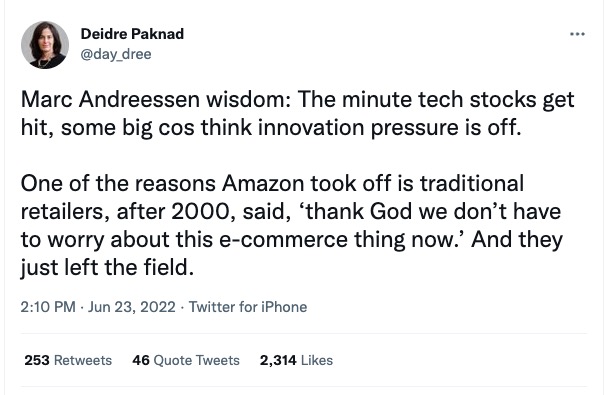
A cool way to share your contact details at the end of a presentation!
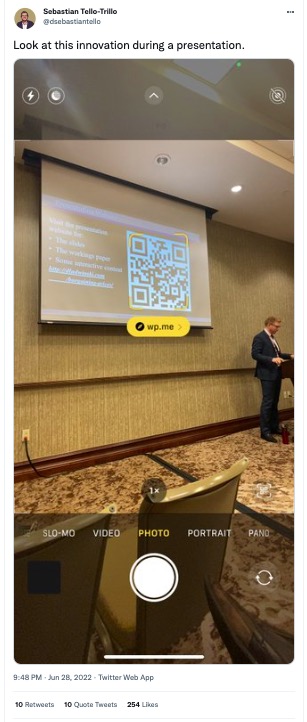
On this scale, I might qualify to be an extrovert!
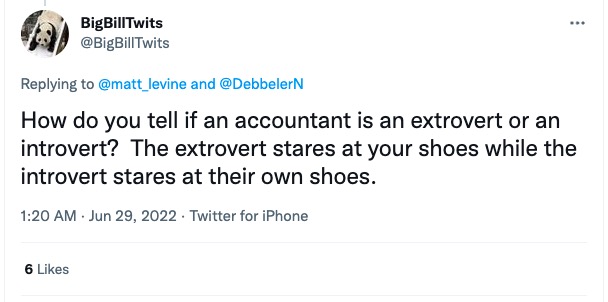
Quote of the week
“In searching for stories, I discovered that my life is filled with them. Filled with precious moments that once seemed decidedly less than precious. Filled with moments that are more storyworthy than I’d ever imagined. I’d just been failing to notice them. Or discounting them. Or ignoring them. In some instances, I tried to forget them completely.”
– Matthew Dicks
Movie of the week
I’ve been impressed with Anubhav Sinha’s choice of topics for his films – Mulk (on religion), Article 15 (on caste oppression), Thappad (gender) and now Anek (on regional identity).
Anek is based on the regional turmoil in the North East region of India. While it is fictional, it is based on all-too-relatable events… and makes for distressing watching in parts.
Most importantly, he gives a human face to the problem. Seeing ordinary citizens, especially little boys and girls, get caught in the crossfire is heart-rending.
Having said that, I found the narrative to be unclear. Character arcs are not well defined… and frequently you would see dialogues meandering without clarity of purpose. The script could have done with some work.
But I would still recommend it – for the hard-hitting message, the fresh faces (including the fiesty Andrea Kevichüsa as a boxer), the stunning camerawork and for Ayushmann Khurrana and the stellar ensemble cast.
That’s it folks: my recommended reads, listens and views for the week.
Take care and stay safe.
Photo by S O C I A L . C U T on Unsplash
